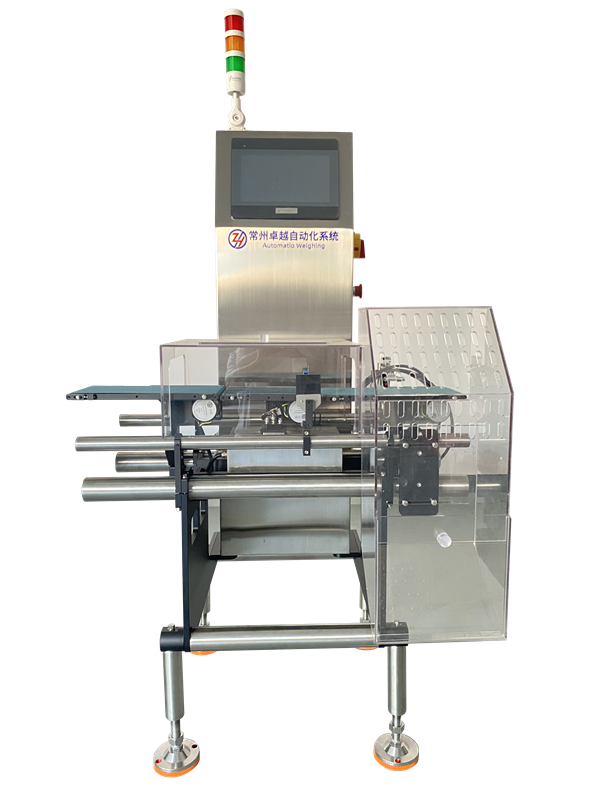Detailed comparison between dynamic checkweighers and manual sorting
2024-10-09
There are significant differences between dynamic
checkweighers and manual sorting in many aspects. The following is a detailed comparison of the two:

Dynamic
checkweighers:
A device that uses modern electronic technology and sensor technology to quickly and accurately weigh objects in motion.
It is usually used in conjunction with equipment such as conveyor belts on the production line to automatically complete weighing, detection, sorting and other processes when the product passes through.
dynamic checkweighers use high-precision sensors and advanced algorithms to ensure accurate weighing even at high speeds.
Manual sorting:
It refers to the process of manually checking, sorting and selecting items one by one.
Manual sorting relies on the experience and skills of the operators, as well as their understanding of product specifications and quality standards.
Efficiency and accuracy
dynamic checkweighers:
It has extremely high weighing speed and accuracy and can process a large number of products in a short time.
Through the preset allowable error range, unqualified products can be automatically identified and eliminated, improving production efficiency and product quality.
It reduces errors and omissions caused by human factors and improves the accuracy and reliability of sorting.
Manual sorting:
Relatively low efficiency, especially when handling large quantities of products, prone to fatigue and errors.
Accuracy is greatly affected by the operator's experience, skills and concentration, and there is a certain degree of volatility and uncertainty.
Cost and sustainability
Dynamic checkweigher:
The initial investment may be high, but in the long run, its efficient and accurate performance can significantly reduce production costs and scrap rates.
Reduces reliance on manual labor, reduces labor costs, and helps to achieve production automation and intelligence.
Helps to enhance the company's brand image and market competitiveness.
Manual sorting:
Labor costs are high, and with changes in the labor market, costs may rise further.
It is difficult to adapt to large-scale, high-efficiency production needs, limiting the company's production capacity and profitability.
Application scenarios and flexibility
Dynamic checkweigher:
Widely used in multiple industries such as food, medicine, chemicals, logistics, etc., suitable for products of various shapes, sizes and weights.
It can be customized and integrated according to the specific needs of the production line to achieve seamless docking with other equipment.
It has high flexibility and scalability, and can adapt to changes in different production environments and process requirements.
Manual sorting:
Suitable for small-scale, low-efficiency or special production scenarios.
High flexibility, but limited by the skills and experience of operators.
In summary, dynamic checkweighers are superior to manual sorting in terms of efficiency, accuracy, cost and sustainability. With the advancement of technology and the improvement of automation, dynamic checkweighers will be widely used and promoted in more fields.
